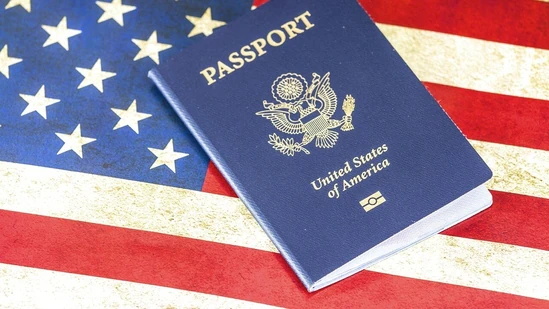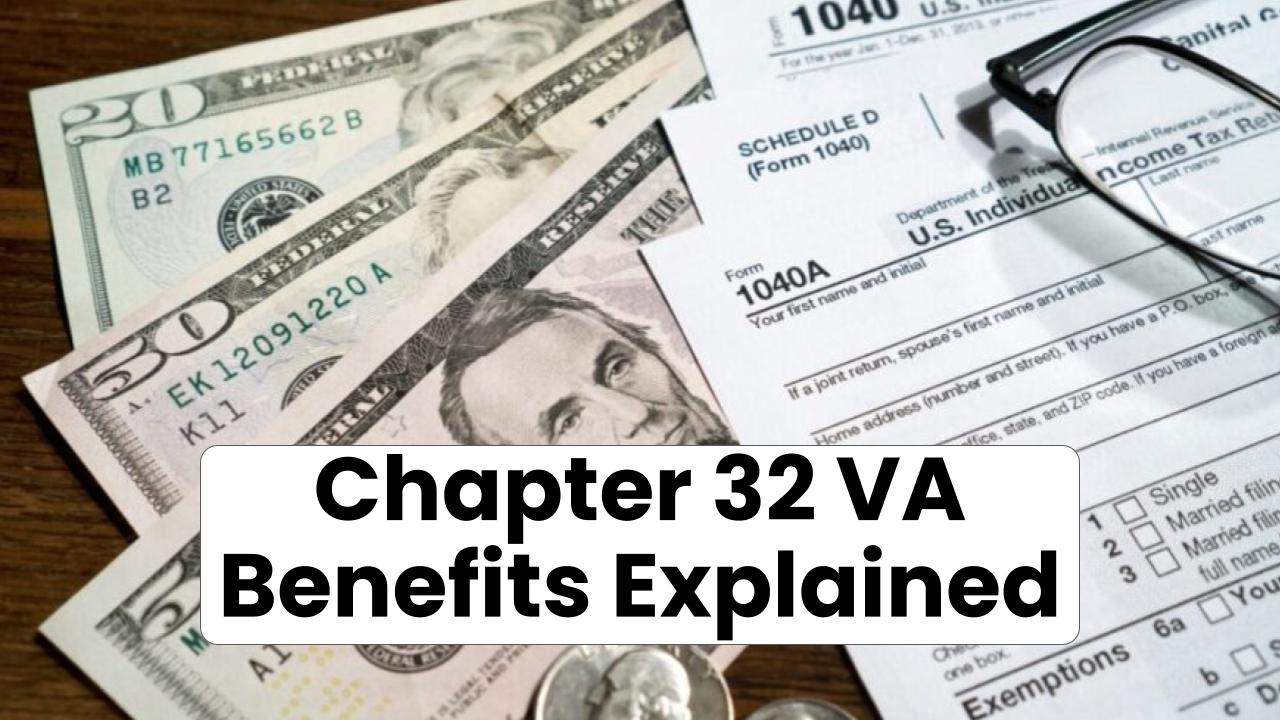The U.S. H‑1B visa policy update—recently discussed in Foreign Affairs—could shake things up for millions of workers and employers. So, here’s the scoop: stronger oversight, sharper focus on real specialty jobs, and a few new rules employers and employees need to know. But don’t sweat it—we’ll walk through it all with clear steps, practical advice, and real‑world examples anyone can follow. Let’s get into it!

U.S. H‑1B Policy Update
| Aspect | Impact/Statistic | Career & Professional Insight |
|---|---|---|
| Registration Fee | Increased from $10 → $250 | Reduces frivolous filings; encourages serious applicants |
| Registrations Filed | Dropped ~27% to 358,000 for FY 2026 | Suggests more focused and serious applicants |
| Site‑visit Rules | Employers face tougher record‑keeping and unannounced visits | Compliance becomes a priority |
| Specialty Occupation | Stricter proof needed for role legitmate | Employers/consultants must provide detailed job descriptions |
| Processing Efficiency | Aims to streamline legit filings | Faster turnaround for compliant petitions |
The U.S. H‑1B policy update spotlighted by Foreign Affairs brings big changes—tougher documentation, beefed‑up site‑visit authority, and steep new fees. But it also sets a course for a stronger, more trusted H‑1B program. If you’re an employer or applicant, embracing compliance, clear documentation, and cost planning now is the name of the game.
Personal note: I’ve seen small tech firms and startups adapt fast when they understand what USCIS is looking for—clarity, accountability, and proof. It might feel like a grind, but playing by the rules now can save you a world of trouble later. Stay sharp, stay compliant—and keep on building.
Why This Matters
What’s New?
- Increased site‑visit authority
USCIS now has more power to show up at workplaces to check if people are truly doing what their visa says. - Tightening documentation rules
Employers must prove each H‑1B position is a genuine specialty occupation and valid employer‑employee relationship—especially for consulting or companies with foreign‑owner workers. - Higher registration fees
The annual H‑1B registration cost jumped from $10 to $250, cutting speculative applications by about 27% in FY 2026. - Cleaner application data
For FY 2025, around 358,000 registrations were submitted—down from 770,000 in FY 2023—a clear sign the rules are working.
These improvements were rolled out on January 17 2025, and they mark a milestone in bringing more transparency and integrity to the H‑1B system.
Breaking It Down – Step By Step
1. Understand Who’s Covered
This isn’t just for the big giants like Google or IBM. These updates cover any employer petitioning for H‑1B visas, including small consultancies and startups—especially where the employee is also an owner or placed at a client site.
Tip for startups: Make sure you document every role clearly, plus the chain of command and day-to-day responsibilities—even if you’re a co‑founder who filed your own petition.
2. Beef Up Your Documentation
Here’s what you should gather:
- Detailed job description, including tasks, required education, and specialized knowledge.
- Org chart showing hierarchy and reporting structure.
- Client contracts and work orders for third‑party placements.
- Payroll & timesheets to show you actually work in the role.
Pro tip: Use bullet lists and clear dates in your documents—that makes it way simpler to follow if USCIS audits you or visits.
3. Be Ready for Site Visits
With enhanced authority, USCIS can randomly choose to inspect.
Here’s how to stay ready:
- Keep your paperwork organized in a binder or encrypted folder.
- Ensure someone on‑site knows what’s going on and can show duties if asked—no hiding behind HR.
- Use checklists every quarter to verify compliance documents are current.
Quick example: When ShineTech hired an Indian engineer for a project at a client site, they set up a weekly log and quarterly audits. That paid off when a USCIS official made a surprise visit—everything was solid, and no headaches.
4. Handle the Fee Change Smartly
The jump from $10 to $250 per registration is big. But you can adapt:
- Only file when you’re sure the candidate is a win and has been briefed on the H‑1B process.
- Budget ahead—if you plan multiple filings, account for the higher total costs early.
- Spread risk wisely—if you have more than 50 potential candidates, rank them by best match before applying.
5. Consider Career & Strategic Shifts
Some H‑1B hopefuls might pivot to other countries. Others may:
- Opt for green card sponsorship, which sidesteps repeat filings.
- Seek O‑1 visas (for extraordinary ability) or L‑1 intracompany transfers—depending on job fitting.
- Explore remote roles, which can offer flexibility but still require H‑1B compliance if U.S.-based work is happening.

Benefits vs Challenges
What Employers Gain
- Cleaner application processes—fewer fraudulent filings means higher trust in the program.
- Better retention—visibility into who’s genuinely working leads to improved workforce planning.
- Legal predictability—when you follow the rules, USCIS decisions come faster and smoother.
What Workers Need to Know
- Costlier process, but also greater legitimacy and reduced fraud chances.
- Increased stability—documented roles and compliance mean fewer surprises or visa revocations.
- Clarity of job roles—writing down what you actually do helps you in renewals and future visas.
FAQs – Your Top Questions Answered
Q1: What counts as a “specialty occupation”?
Any job that requires at least a bachelor’s degree in a field, like software engineering, architecture, or certain business roles. USCIS now expects more detail—like lists of required courses, years of experience, and industry standards.
Q2: If I work remotely from India, do these changes still apply?
Nope. If you’re not performing the job in the U.S., these rules don’t affect you. But once you start working stateside, the documentation and compliance rules kick in.
Q3: Can employers withdraw a petition if they suspect issues?
Yes. If your paperwork isn’t spot-on—especially contracts or client docs—the smart move is to withdraw and reapply rather than face a denial or site‑visit headaches.
Q4: Is the fee refundable?
Only if USCIS cancels the application before reviewing. Once they begin processing, the $250 registration fee—and filing fees—are non‑refundable.
Q5: What about the green card backlog?
These rules don’t fix the backlog, but stronger H‑1B compliance might build broader legislative support for yet‑to‑pass reforms aimed at expediting employment‑based green cards.
Wrapping It Up – Practical Advice
- Audit your internal processes—organize paperwork, clarify roles, and get ahead of any weak spots.
- Train your teams on the rules—so everyone’s on the same page and ready for a site visit.
- Track upcoming renewals—start 6 months in advance to avoid scramble-time.
- Watch the numbers—registration stats, fee structures, and policy updates come every fiscal year.








